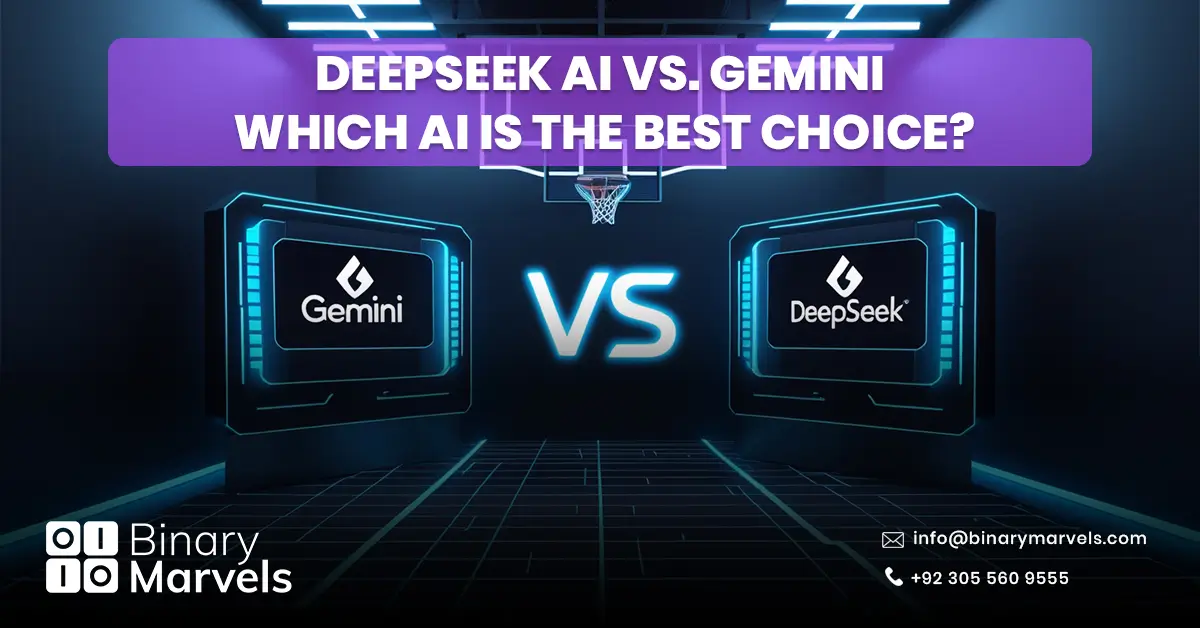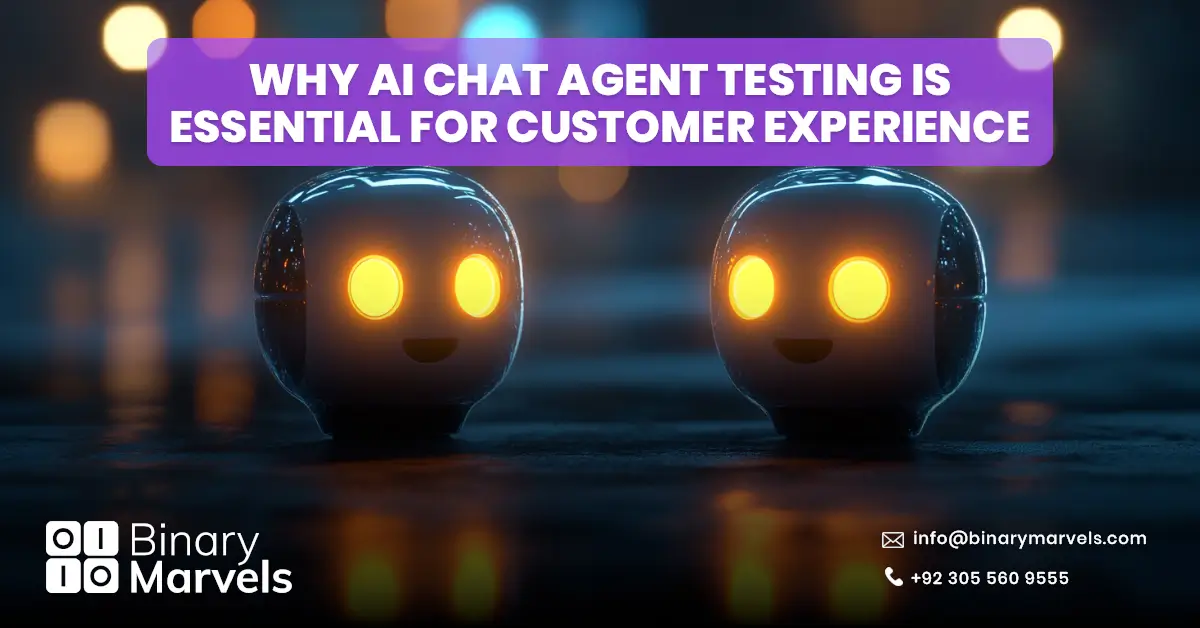
In today’s fast-paced digital world, businesses are increasingly turning to automation to enhance customer engagement. One of the key debates in this space is the difference between Chatbot vs AI Chatbot. While both technologies serve the purpose of automating conversations and improving user experience, they operate on vastly different principles. Traditional chatbots rely on predefined rules and simple scripted interactions, making them ideal for straightforward tasks, but limiting when it comes to handling complex queries.
On the other hand, AI chatbots incorporate artificial intelligence, including machine learning and natural language processing (NLP), to offer dynamic responses and contextual understanding. These bots learn from previous interactions, allowing them to provide more personalized user interactions and adapt to new situations over time. By understanding the nuances of customer queries, AI chatbots deliver a far more sophisticated experience compared to their rule-based counterparts.
At Binary Marvel, we specialize in AI chatbot development services, offering customized solutions to help businesses automate and optimize their customer engagement strategies.
Also Read: Top 10 AI Companies in Pakistan
What is a Chatbot?
A chatbot is a software application designed to simulate a conversation with users, typically through text or voice. These bots rely on a rule-based system and follow predefined rules to interact with users. By offering fixed responses, chatbots are excellent for handling repetitive tasks, making them an ideal solution for automating simple customer service functions. For example, chatbots can help answer frequently asked questions or guide users through basic processes like product selection or account setup.
Despite their usefulness, chatbots are static and lack the adaptive learning abilities of more sophisticated solutions, like AI chatbots. This means they can only respond to the specific inputs they are programmed to understand, and they don’t improve or evolve over time. As such, their capabilities are limited when dealing with more complex customer queries or varied conversational needs.
Features of Traditional Chatbots
Simulated Conversation with Limited Interaction Depth
Traditional chatbots operate on predefined rules that allow them to follow a set path in conversations. While they can simulate a conversation, the interaction is typically shallow and lacks flexibility.
Fixed Responses for Predefined Queries
One of the defining features of chatbots is their reliance on fixed responses. These bots can answer questions only within the scope of their programming, offering set responses to predefined queries.
Simple Tasks Automation
Chatbots excel in automating simple tasks like booking appointments, providing basic product information, and answering common queries. They provide an efficient solution for routine tasks but struggle with more dynamic and complex customer needs.
Limited Functionality for Complex Inquiries
Due to their rule-based system, chatbots are limited when it comes to handling complex inquiries. They are unable to process ambiguous or nuanced questions, making them less suitable for advanced customer service needs compared to AI-powered chatbots.
Also Read: How to Train AI for Effective Customer Service?
What is an AI Chatbot?
An AI chatbot utilizes artificial intelligence technologies such as machine learning and natural language processing (NLP) to enhance communication. Unlike traditional chatbots, which follow predefined scripts, AI chatbots can interpret the context of conversations, allowing them to provide more dynamic responses and engage in meaningful interactions. These bots can adapt to users’ needs over time, leveraging machine learning to improve their accuracy and deliver a personalized interaction based on user behavior and preferences.
The use of NLP enables AI chatbots to understand and respond to complex queries, making them more effective at managing diverse customer interactions. As AI chatbots learn from each conversation, they continuously evolve, providing better service and improving the overall user experience.
Key Features of AI Chatbots
Natural Language Understanding to Process Complex Queries
An AI chatbot powered by artificial intelligence and NLP is capable of understanding more sophisticated and complex queries. This allows it to go beyond simple yes/no responses, offering insightful and accurate answers to varied questions.
Dynamic Responses Based on Real-Time Inputs
Unlike traditional chatbots, AI chatbots generate dynamic responses tailored to the real-time input they receive. This means each interaction can be unique, based on user behavior and context.
Contextual Understanding for Smarter Replies
With the ability to process and understand the context of a conversation, AI chatbots can provide smarter replies that feel more human and relevant. Whether it’s recalling previous interactions or considering the user’s current needs, the chatbot’s responses are more personalized and accurate.
Continuous Learning Through Machine Learning Models
One of the standout features of AI chatbots is their continuous learning capability. Using machine learning models, these bots adapt and evolve with every interaction, gradually improving their responses and enhancing the user experience.
Chatbot vs AI Chatbot: Key Differences
While both chatbots and AI chatbots are designed to enhance customer communication, the underlying technologies and capabilities set them apart. Understanding the key differences will help businesses choose the right solution based on their needs.
| Feature | Chatbot | AI Chatbot |
| Technology | Software application, Rule-based system | Artificial intelligence, Machine learning |
| Response Type | Fixed responses | Dynamic responses, Contextual understanding |
| Learning Ability | No learning capability | Continuous learning through advanced algorithms |
| Complexity | Simple | Advanced (handling complex queries) |
| Personalization | Limited | Personalized interaction |
Technology: Rule-Based vs. Artificial Intelligence
Traditional chatbots are built on a software application and rule-based system. They rely on fixed scripts to guide conversations and offer predefined responses. On the other hand, AI chatbots use artificial intelligence and machine learning to process data and deliver responses that adapt to the conversation. This allows them to engage in more dynamic responses that feel natural and contextually relevant.
Response Type: Fixed vs. Dynamic
The main difference between a chatbot vs AI chatbot lies in their response type. Chatbots offer fixed responses to specific inputs, which are determined by their rule-based system. AI chatbots, however, generate dynamic responses that evolve depending on the user’s behavior, making interactions feel more personalized and intuitive. Additionally, AI chatbots are capable of understanding context, allowing them to provide more contextual understanding in conversations.
Learning Ability: Static vs. Continuous Learning
Chatbots lack the ability to learn from past interactions and cannot adapt to new situations. They rely solely on their predefined rules. In contrast, AI chatbots continuously improve over time by utilizing advanced algorithms and machine learning. This ability to learn from each interaction ensures that AI chatbots can handle increasingly complex queries and become more accurate with every conversation.
Complexity: Simple vs. Advanced
A chatbot is best suited for simple tasks, such as answering frequent questions or guiding users through basic processes. These bots are ideal for low-complexity scenarios where minimal customization is needed. In contrast, AI chatbots are capable of managing complex queries that require understanding and processing diverse inputs. Their use of machine learning and natural language processing (NLP) allows them to tackle more intricate tasks that traditional chatbots cannot handle effectively.
Personalization: Limited vs. Personalized Interaction
Chatbots typically offer limited personalization as they can only respond based on pre-written scripts. They are unable to take into account previous conversations or adapt their responses to the individual user. AI chatbots, however, offer personalized interaction. By analyzing user behavior, preferences, and previous interactions, they tailor their responses to each individual, ensuring a more engaging and relevant experience.
Also Read: The Ultimate Guide to Implement AI Automation Services
Advantages of Using AI Chatbots Over Traditional Chatbots
As businesses strive to enhance their customer service strategies, AI chatbots are quickly becoming the preferred choice over traditional chatbots. The benefits of AI chatbots are clear, offering a more efficient and engaging solution for businesses and customers alike. Here are the key advantages that make AI chatbots stand out:
Personalized Interaction
One of the primary benefits of AI chatbots is their ability to offer personalized interaction. Unlike traditional chatbots, which follow static scripts, AI chatbots learn from user behavior and interactions. By analyzing these data points, they can customize responses to suit individual needs, making conversations feel more relevant and engaging. This level of personalization helps build better relationships with customers and enhances their experience.
Predictive Responses
AI chatbots can also deliver predictive responses by analyzing past conversations and customer behavior. By understanding recurring patterns, they can anticipate customer needs and provide proactive support. This allows businesses to address potential issues before they arise, improving customer satisfaction and reducing response times.
Self-Improvement
Another key advantage of AI chatbots over traditional ones is their ability to self-improve. Using machine learning and advanced algorithms, AI chatbots continuously adapt and enhance their responses based on new data and complex customer interactions. This means that over time, they become more accurate, efficient, and capable of handling increasingly sophisticated queries, offering greater value to users and businesses.
Enhanced Customer Satisfaction
The benefits of AI chatbots are evident in the significant improvements to customer satisfaction. By being able to handle more complex and varied inquiries, AI chatbots provide a higher level of service than traditional chatbots. Their ability to offer predictive responses and personalized interaction ensures that customers have a smoother, more satisfying experience, which can lead to increased loyalty and positive brand perception.
Which One is Right for Your Business?
When deciding between a chatbot and an AI chatbot, it’s important to consider your business’s unique needs and the level of sophistication required for customer service. If your business deals with simple inquiries and you’re looking for an easy and cost-effective way to automate customer service, a traditional business chatbot may be sufficient. These chatbot solutions excel in handling basic tasks and repetitive questions, making them an ideal choice for businesses with straightforward customer service requirements.
However, if your business requires more advanced capabilities, such as AI-powered customer service, handling complex queries, offering personalized customer service, and continuously improving over time, an AI chatbot is the better choice. AI-powered chatbots leverage artificial intelligence, machine learning, and natural language processing (NLP) to provide more dynamic, personalized, and adaptive interactions, making them ideal for businesses seeking to offer a higher level of customer engagement and satisfaction.
Conclusion
Chatbot technology has advanced considerably, with AI chatbots paving the way for more intelligent and responsive systems. As businesses of all sizes seek to improve customer service, leveraging the right chatbot technology can help streamline operations, reduce costs, and enhance customer satisfaction. Whether you’re a small business or a large enterprise, integrating the appropriate chatbot solutions is crucial for staying competitive in today’s fast-paced digital world.
As AI chatbot development continues to evolve, the future of chatbots promises even more innovative and effective solutions. With ongoing improvements in artificial intelligence, machine learning, and natural language processing, businesses can expect AI chatbots to offer increasingly personalized, adaptive, and efficient customer interactions, shaping the next generation of customer service.
Are you ready to elevate your business with an AI chatbot? Contact Binary Marvels today to explore how our AI chatbot development services in Pakistan and AI-powered solutions can help you engage with your customers more effectively and automate your processes for greater efficiency. Let us help you find the best chatbot solutions for business to drive success and innovation.
Supercharge Your Business with AI Today!
As a trusted AI Development Company in Pakistan, we deliver cutting-edge AI Development Services designed to streamline your operations and enhance customer engagement.
Don’t wait—connect with us now and take your business to the next level!









